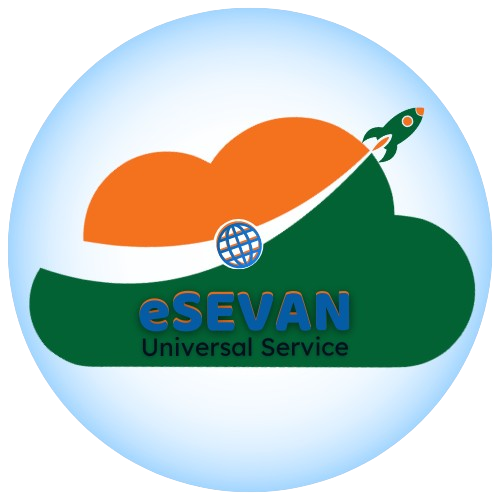Health Insurance Implementation Models under PM-JAY: A Comprehensive Overview
The information provided offers a detailed breakdown of the implementation models for health insurance schemes under the Pradhan Mantri Jan Arogya Yojana (PM-JAY) in India. Below is a structured comparison of each model in a table format to help illustrate the differences across the assurance, insurance, and mixed models, as well as specific guidelines for Category A and Category B states.
| Implementation Model | Description | Financial Risk | Claims Management | State Health Agency (SHA) Responsibilities | Administrative Cost (Category A) | Administrative Cost (Category B) | Additional Notes |
|---|---|---|---|---|---|---|---|
| A. Assurance Model / Trust Model | Scheme is directly implemented by the SHA without an insurance company. | Government bears the financial risk. | SHA reimburses healthcare providers directly through an Implementation Support Agency (ISA). | Hospital empanelment, beneficiary identification, claims management, audits, day-to-day management. | N/A | N/A | SHA assumes all responsibilities, no profit to insurers. |
| B. Insurance Model | SHA selects an insurance company via tender to manage PM-JAY. | Insurance company bears the financial risk, limited by administrative cost caps. | Insurance company settles claims and payments to providers. | SHA monitors and manages the contract with insurance company. | Administrative cost limit: 20%. – 10% if claim ratio < 60% – 15% if claim ratio is 60%-70% – 20% if claim ratio is 70%-80% | Administrative cost limit: 15%. – 10% if claim ratio < 60% – 12% if claim ratio is 60%-70% – 15% if claim ratio is 70%-85% | If claim ratio >120% (or >115% in Category B), excess cost shared by state and insurance, then Central Government covers excess per set caps. |
| C. Mixed Model | Combination of assurance and insurance models for flexibility and cost-efficiency. | Split between SHA and insurance company, depending on arrangement. | Managed by both SHA and insurance company in respective capacities. | Varies by arrangement to maximize economic efficiency and convergence with state schemes. | Varies | Varies | Often used by states with existing schemes (brownfield states). |
| Categories of States | States/UTs in Category | Notes |
|---|---|---|
| Category A States/UTs | Arunachal Pradesh, Goa, Himachal Pradesh, Jammu and Kashmir, Manipur, Meghalaya, Mizoram, Nagaland, NCT Delhi, Sikkim, Tripura, Uttarakhand; Union Territories: Andaman and Nicobar Islands, Chandigarh, Dadra and Nagar Haveli, Daman and Diu, Lakshadweep, Puducherry | Lower administrative cost cap (up to 20%) for insurance companies, additional cost burden sharing mechanism applies if claims exceed 120%. |
| Category B States | Andhra Pradesh, Assam, Bihar, Chhattisgarh, Gujarat, Haryana, Jharkhand, Karnataka, Kerala, Madhya Pradesh, Maharashtra, Odisha, Punjab, Rajasthan, Tamil Nadu, Telangana, Uttar Pradesh, West Bengal | Even lower administrative cost cap (up to 15%) for insurance companies, additional cost burden sharing mechanism applies if claims exceed 115%. |
This table provides a structured overview of the PM-JAY implementation models, specific responsibilities, risk-sharing mechanisms, and state categories, offering an at-a-glance comparison for easier understanding and decision-making for states implementing or optimizing their health insurance schemes.
